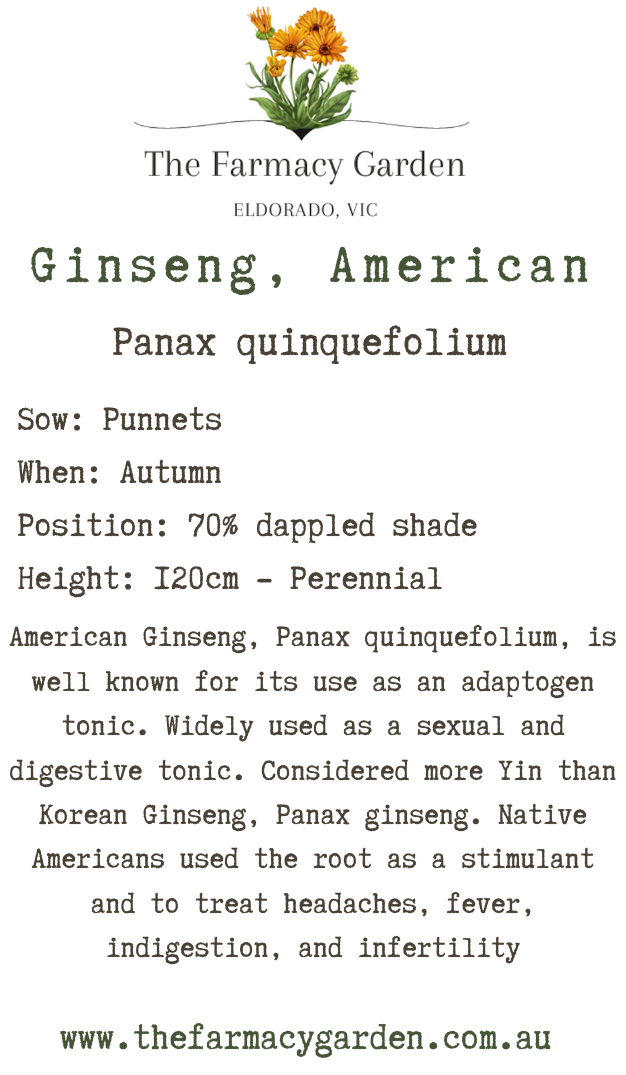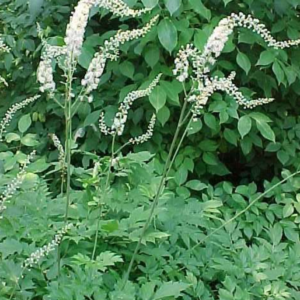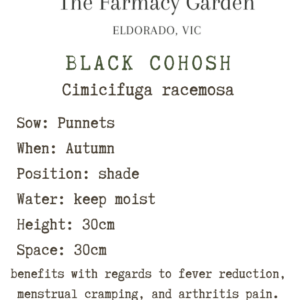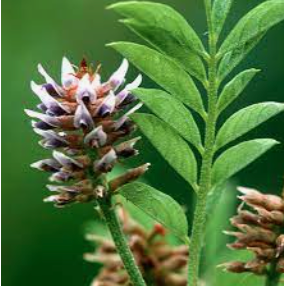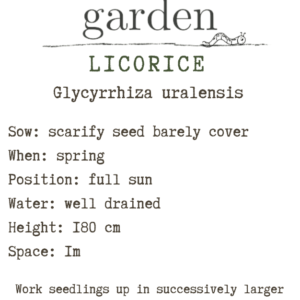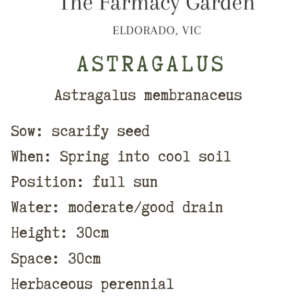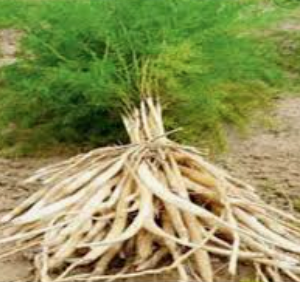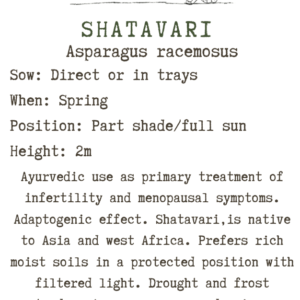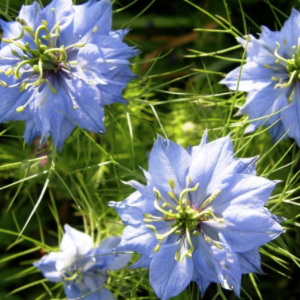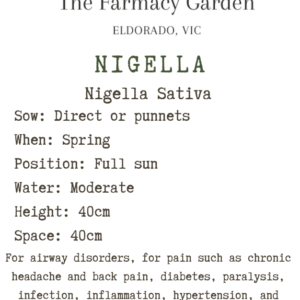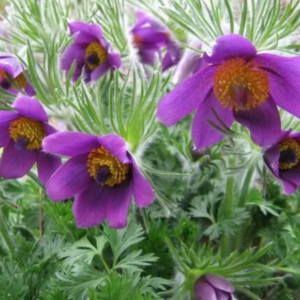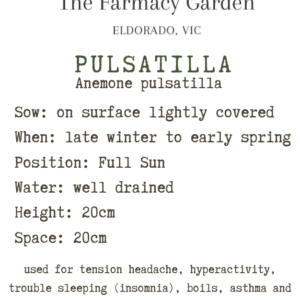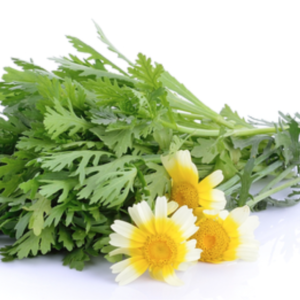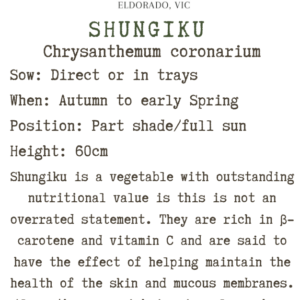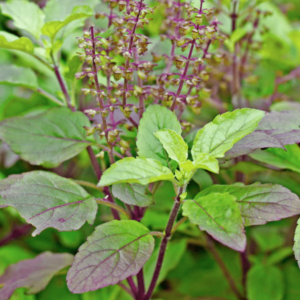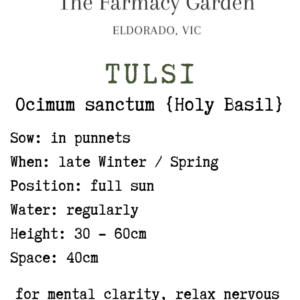Ginseng American Seed, Panax quinquefolium
$8.50
Panax quinquefolius is popularly known as “American ginseng.” It is a herbaceous perennial plant in the family Araliaceae, commonly used as ingredients for Indian and Chinese systems of medicine. It is native to eastern North America and reportedly cultivated in China.
Panax quinquefolius is popularly known as “American ginseng.” It is a herbaceous perennial plant in the family Araliaceae, commonly used as ingredients for Indian and Chinese systems of medicine. It is native to eastern North America and reportedly cultivated in China.
GROW: Ginseng requires special conditions to flourish. The most important being a moist well drained soil with an optimum pH of 5.4 and a canopy cover to maintain 80% minimum shade. Young plants are fragile and have to be well watered while establishing. Ginseng seeds take up to 18 months to germinate and although seeds may be stratified (stored in shallow sand or peat under refrigerated conditions for more than six months) at home, look for stratified seeds sold by reputable dealers. Planting purchased seedlings is easier and less-time consuming, but considerably more expensive. Because it takes a minimum of 5 years before ginseng is ready to be harvested, the price of seedlings will vary by age.
HARVEST: the valued part of the ginseng plant is the root, which reaches maturity only after 5 to 10 years and after it has developed three or more prongs. Prongs do not necessarily reflect the age of the plant, but are an indicator of maturity.
When maturity is reached, ginseng should be harvested in the Autumn.
USE: The root of this special plant can be chewed raw or used fresh in tea, soups or stir-frys. To preserve the root, it may also be dried and then sliced or grated for future use.
Related products
Flower Seeds
Flower Seeds


